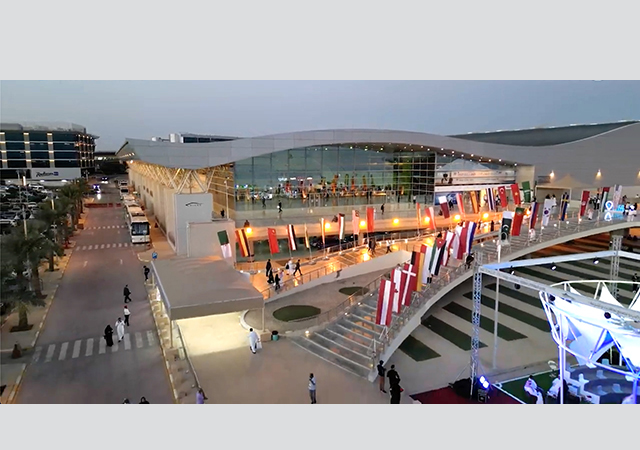
Spontaneous breakage of glass is a major problem facing the construction industry. John Reeves, technical manager at the Sharjah-based Gulf Glass Industries (GGI), elaborates on this phenomenon and the new facility introduced by GGI to minimise the problem.
GULF Glass Industries (GGI), one of the largest architectural glass processing factories in the Middle East, has recently commissioned a heat soak test oven for tempered glass in the UAE.
This facility has been installed in order to provide a beneficial service to architects/consultants, contractors and building owners who wish to minimise the incidents of tempered glass breakage for no obvious reason, and, in doing so, causes frustration for all parties concerned as to why it happened, who is to blame - with generally the problem being unfairly directed at the glass processor.
The reality is that "spontaneous breakage" in tempered glass can occur for several reasons: edge defects, microscopic surface vents, pitting and the presence of foreign bodies, primarily nickel sulphide (NiS) in the actual glass substrate.
These nickel sulphide inclusions are so small they cannot be detected by any commercially viable method during the glass manufacturing process and are virtually invisible to the naked eye. During the tempered glass heat treatment, nickel sulphide undergoes a change in shape and volume which is "frozen" in this unnatural state during the quenching/cooling process. Once exposed to climatic and temperature variations and the membrane stresses associated with the intended application - over an undetermined period of time - conditions can be reached whereby any NiS present in the tempered glass wants to revert to its original shape, effectively an estimated 2 per cent increase in volume. It is this volumatic increase which initiates the fracture within the heart of the tempered glass. Due to the high levels of designed stress built into tempered glass, a fracture propagates violently as a result of released energy. The subsequent dramatic and immediate disintegration of the tempered glass panel is the phe[QQ]nomenon referred to as "spontaneous breakage".
Float glass manufacturers produce their glass to established international standards which make no allowance for such eventualities as nickel sulphide, and for which they accept no liability!
Nickel sulphide inclusions are, unfortunately, outside the control of the float glass manufacturer and are neither the responsibility of the glass processor who tempers the glass, nor the contractor who supplies the glass.
Over the last 40 years or so there have been numerous reports published about "spontaneous breakage" and the nickel sulphide phenomenon. Most of this information has been largely ignored or failed to raise the awareness of the construction industry to the level necessary for specifiers and contractors to realise and accept the break resistant limitations of tempered glass.
The actual process of heat soak testing for tempered glass reheats the tempered glass within a controlled environment for a given period of time to minimise the possibility of "spontaneous breakage", which can occur hours, days, months or even years after tempering and installation.
Contemporary design in buildings and the desire to achieve natural light for both living and working environments has increased the areas of glass in windows and facades. As a consequence, the incidence of "spontaneous breakage" due to nickel sulphide within the tempered float glass (specified and desirable in order to resist thermal fracture and provide safety) has increased in frequency.
So many specifiers of tempered glass are totally unaware of the effects of nickel sulphide in tempered glass and it is high time that all users accepted the fact that glass never breaks for no reason, and generally it is possible to determine whether glass has been broken due to impact, stress - whether physical or thermal - or incorrect glazing procedures.
In the instance of spontaneous breakage, the pattern of fracture is typified by a "butterfly wing" effect formation on opposing sides of the nickel sulphide inclusion.
The problems of the presence of nickel sulphide in float glass are acknowledged as not going to be solved by the float glass manufacturers in the foreseeable future, and indeed the debate continues between the manufacturers as to a possible solution. In the meantime, it is in the hands of the responsible architectural glass processors to provide the solution to a phenomenon which has been identified and understood since the early 1960s.
Samih Fatayerji, general manager, GGI says the investment in the heat soak oven test facility has been made in order to confront the need to provide a service to the specifier and building owner seeking greater reassurance in the quality and ability of the tempered glass to resist spontaneous breakage due to nickel sulphide inclusions, especially when the tempered glass was being used in high-rise projects and the increasingly popular "frameless glass assembles" and "spyder" type point fixed systems of atriums, skylights and showrooms.








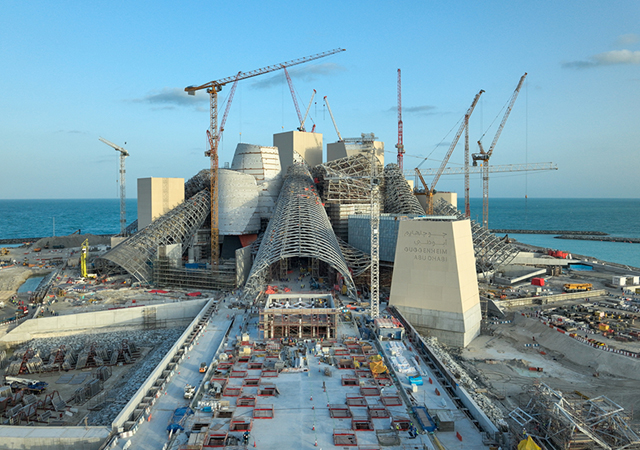
.jpg)

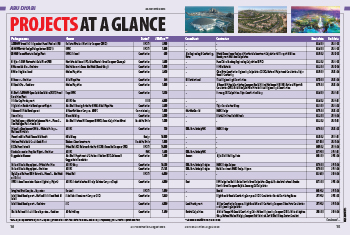



.jpg)

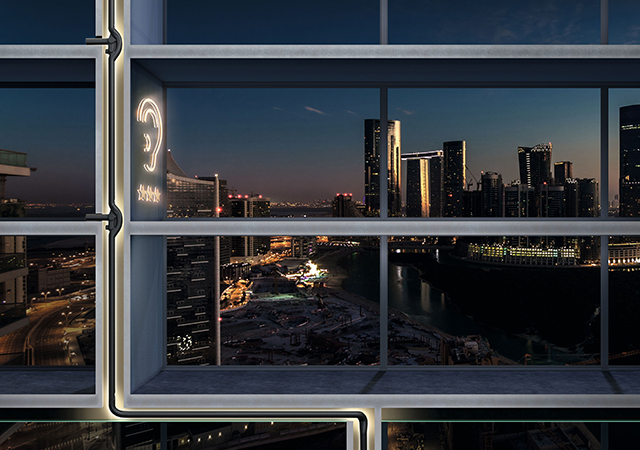
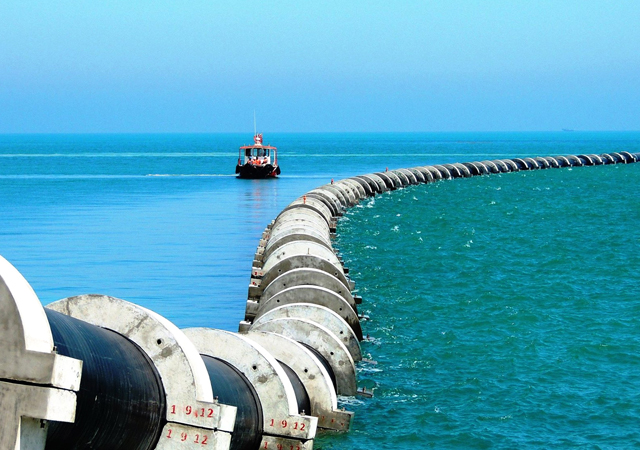


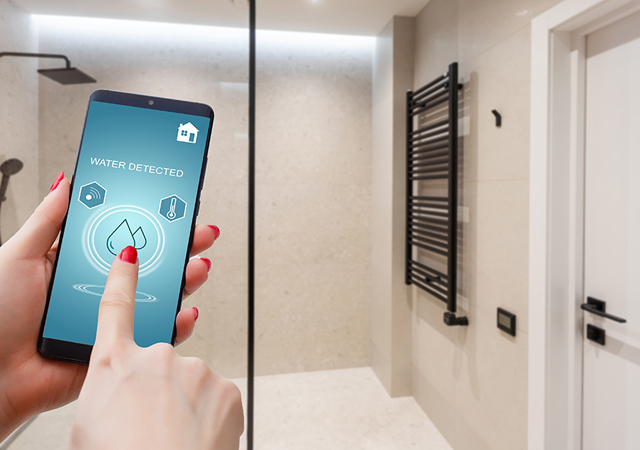
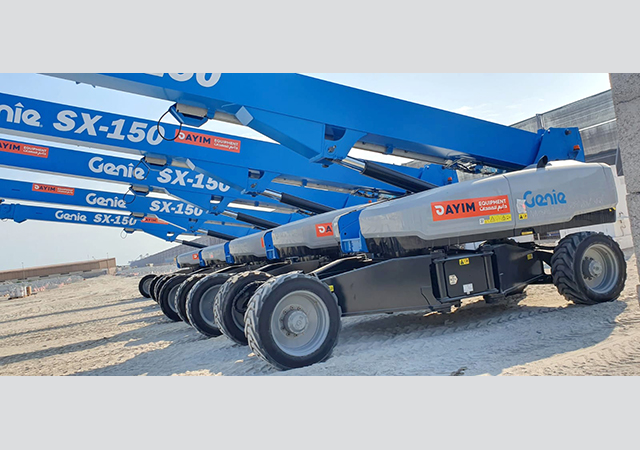
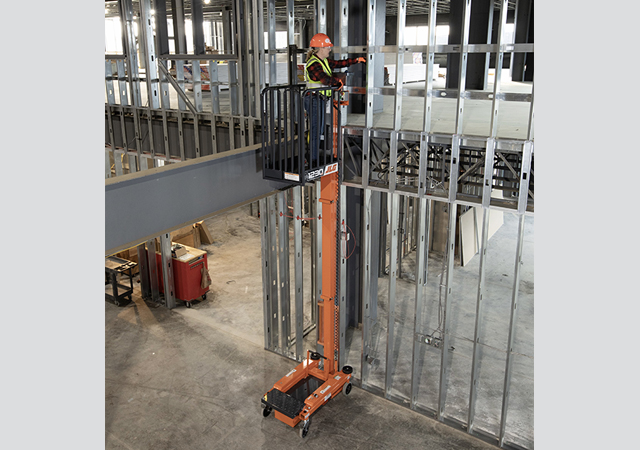

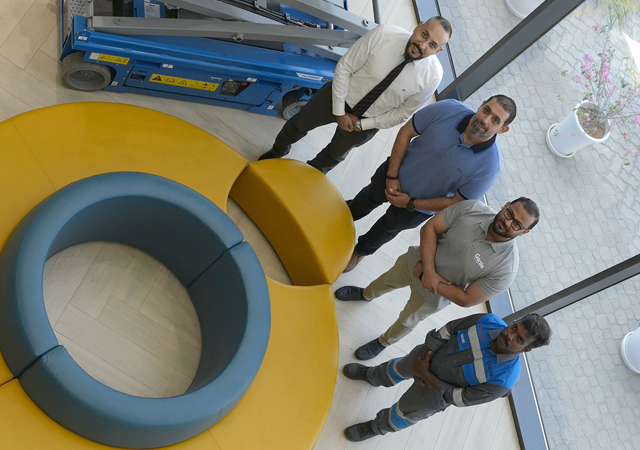

Doka (2).jpg)









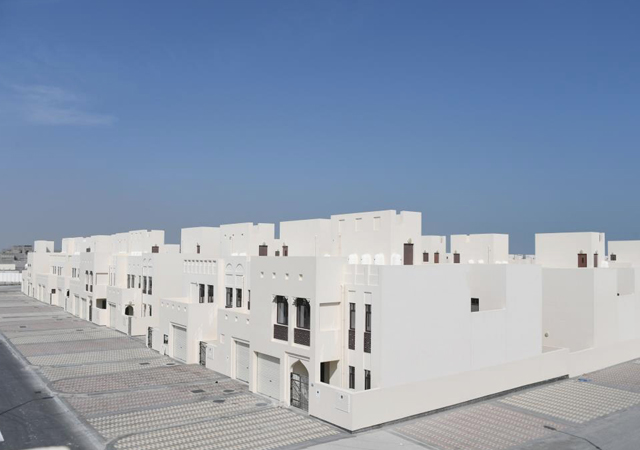

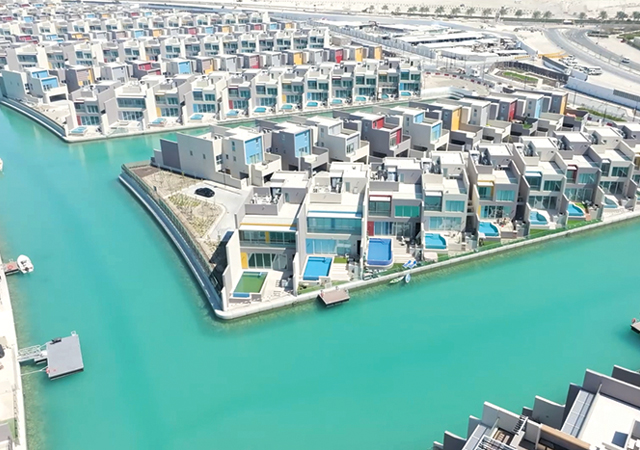














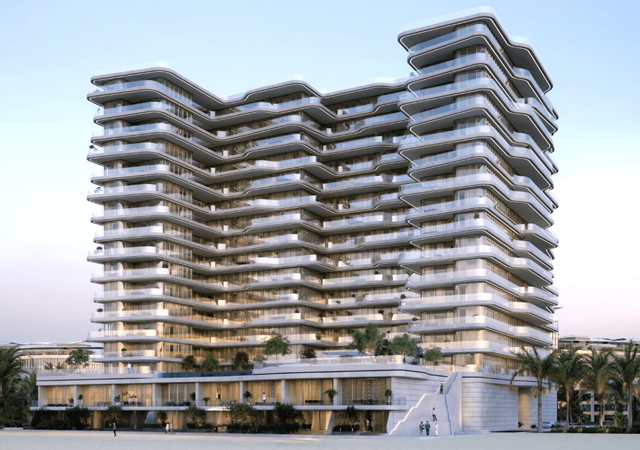










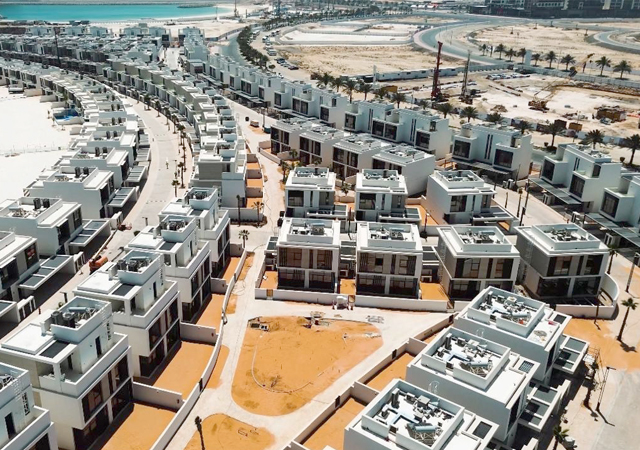


.jpg)
.jpg)

.jpg)
